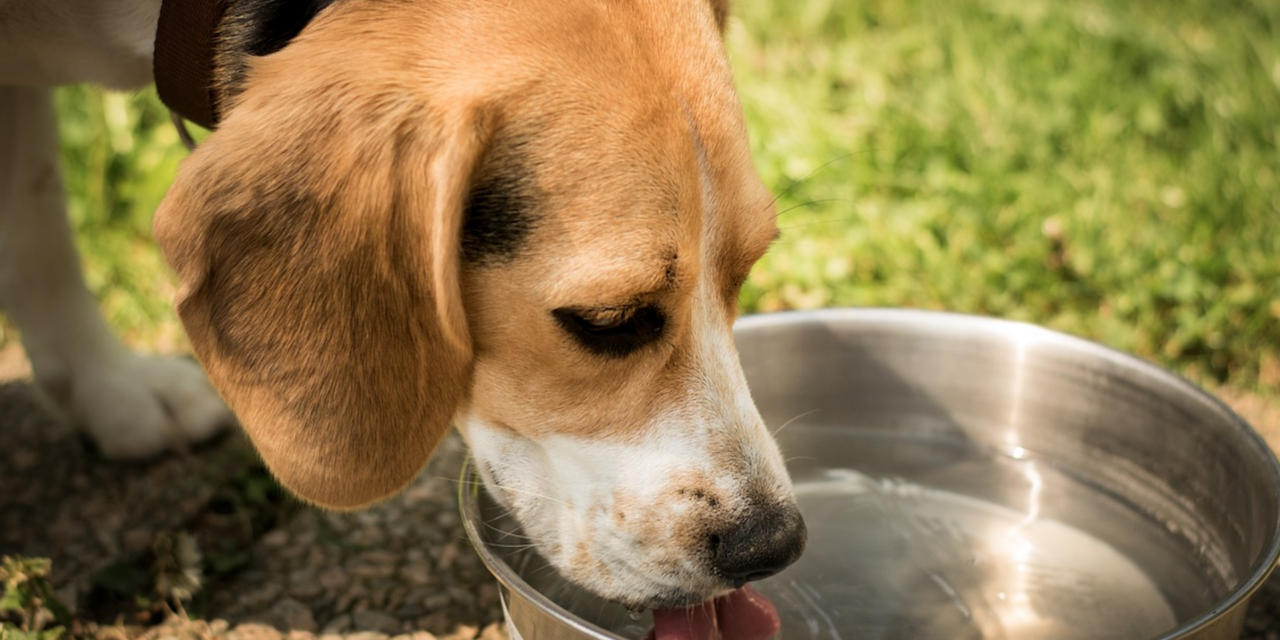The time from early July to mid-August is called the Dog Days of Summer, and people can use that fact to remember that dogs and other pets need special treatment at this time of year.
On Tuesday, July 18, Guilford County Animal Services sent out a press release to that effect in order to let pet owners know the things they can do to make the hot months more bearable for the animals in their lives.
Guilford County temperatures are expected to hit over 90 degrees this week and high temperatures can be especially hard on pets. Here’s the advice they’re asking everyone follow:
The first one is obvious, well-known and perhaps the most important of all hot weather tips regarding pets. Never ever leave pets alone in a parked car. Animal services says that even one minute inside a hot car is too long for your pets.
Also, they remind you that, “in a matter of minutes, temperatures can rise to 120-degrees even with the windows slightly open.
“Your pet could suffer irreversible harm and die as a result,” Animal Services staff warn.
Humidity is also a danger. Dogs pant to evaporate moisture from their lungs and dissipate heat from the body. When the humidity is too high, dogs are unable to cool down.
You can take a dog’s temperature and that can quickly tell you if there is a problem. Dogs’ temperatures should never reach higher than 104 degrees.
Limit exercise. On very hot days, limit exercise to the early morning and always carry water to keep your pet from dehydrating. Sidewalks and roads get extremely hot and can burn your pet’s paws, so walk in the grass where possible. If you wouldn’t walk on a surface in your bare feet, your pet probably shouldn’t either.
Watch for signs of heatstroke. Extreme temperatures can lead to heatstroke.
Here are some signs to keep an eye out for: heavy panting, glazed eyes, a rapid heartbeat, difficulty breathing, excessive thirst, lethargy, fever, dizziness, lack of coordination, profuse salivation, vomiting, a deep red or purple tongue, seizure and unconsciousness.
Animals are at particular risk for heat stroke if they are very old, very young, overweight, not conditioned to prolonged exercise or have heart or respiratory disease. Some breeds of dogs—like boxers, pugs, shih tzus and other dogs and cats with short muzzles— have a much harder time breathing in extreme heat.
Provide ample shade and water. Any time your pet is outside, make sure they have protection from the heat and sun and plenty of fresh, cold water. In heat waves, add ice to water when possible. Tree shade and tarps are ideal because they don’t obstruct air flow. And remember, a doghouse doesn’t provide relief from heat, in fact, it can make the heat worse.
If those measures don’t work and you think your pet is suffering from heatstroke, then move your pet into the shade or an air-conditioned area. Apply ice packs or cold towels to their head, neck and chest or run cool – but not cold – water over them. Let them drink small amounts of cool water or lick ice cubes. Take them directly to a veterinarian.
You can also provide a cooling body wrap, vest, or mat. Soak these products in cool water and they’ll stay cool for up to three days.

